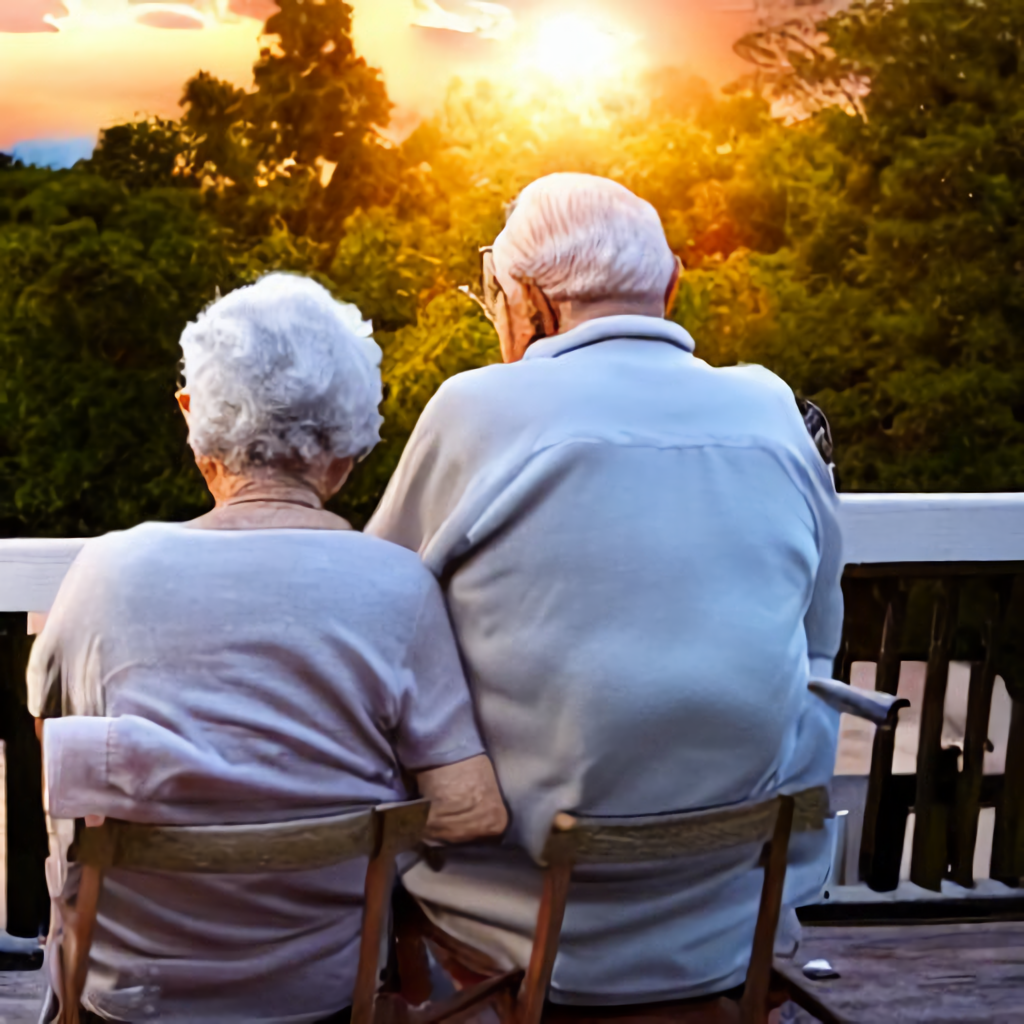One of the biggest reasons that people show an interest in persimmon soap is its purported ability to remove the dreaded “Old Person Smell”. So what is this “old person smell” anyway? Does it really exist? Is it really a thing?
I first came across this smell in my childhood when visiting my grandparents. I’ve never found it unpleasant, but it’s certainly a particular type of smell. I thought it interesting that both sets of grandparents had the same smell in their house and then later I noticed that pretty much every other elderly folks’ house that I ever entered also had the same kind of smell. As a kid I had put it down to a general combination odor of things like; the slightly dank smell that you get with older houses, mixed with years of mothballs in cupboards, ammonia cleaning products and expired pantry food like those biscuits that seem like they only come out when you’re around. Now that I myself am older and smellier, I know that this wasn’t really the case. Except for the biscuits, I’m pretty sure they were the same ones each time.
From doing a little digging, it seems that the “aged smell” has actually been identified as a particular “thing”. You may have come across the term “Nonenal”, which is seemingly being picked up by some as the term for “old person smell” without having to say “old person smell”. Technically, when you hear “nonenal” being used to describe the aged smell, they are referring to the 2-nonenal molecule when it oxidizes on the skin ⁽²⁾ (it seems that there is also a 6-nonenal too, which is completely unrelated and may be a culprit for the occasional “off” flavor of some foam-spray-dried milks, funnily enough.) ⁽⁵⁾
Scientific research seems pretty confident that this 2-nonenal molecule is the main culprit for the characteristic smell. 2-nonenal has been identified as an “unsaturated aldehyde”⁽³⁾ (which do and are involved in a bunch of different important stuff, including odor creation) and is produced by the body when it breaks down Omega 7 unsaturated fatty acids (among other things). However, this 2-nonenal only seems to be produced (or at least, in larger quantities) in people hitting middle-age and onwards ⁽²⁾. And the older you get, the more it gets produced and the stronger the “old person smell”. Maybe not what we’re really after, but hey, that’s life I guess.
But why does this happen? Should we just put it down to an unpleasant aftereffect of senescence? ⁽⁴⁾ Is it just something that happens as we get to the top of the hill and start heading over the other side? Some speculate that it could be tied into our body chemistry as a kind of evolutionary byproduct of sorts. ⁽¹⁾ Stemming from our more primal roots where things like an individual’s natural scent could tell us much of what we needed to know about them (gender, age, health etc…) without the need of a bottle of wine and a good conversation.
Regardless of why it is here, it certainly appears to be here and real. And although it is claimed that it isn’t the most offensive human odor that people have ever come across (early middle aged men and teenagers topped the list for “most offensive odor”), perhaps it isn’t one that we really want to be associated with. We’re all getting old, we don’t need to be reminded that we smell like it too! If you do want to get rid of it, it appears that regular deodorants and soaps don’t seem to cut it. No matter how much perfume or aftershave you whack on, it seems that we’re more so just covering up the smell, not actually getting rid of it.
There are several steps you can take to reduce or remove the odor associated with nonenal:
Practice good hygiene: Regular showering and using soap to cleanse the skin can help reduce the buildup of oils that contribute to nonenal.
Use fragrance-free products: Products with strong fragrances can worsen nonenal, so it is recommended to use unscented or fragrance-free personal care products.
Stay hydrated: Drinking plenty of water can help flush out toxins and keep the skin hydrated, reducing the chance of nonenal.
Exercise regularly: Physical activity can help improve circulation, reducing the chance of nonenal.
Eat a balanced diet: A diet high in fruits and vegetables can help reduce the risk of nonenal by providing the body with antioxidants and other nutrients that support healthy skin.
It’s important to keep in mind that everyone’s body is different and what works for one person may not work for another. If the odor persists or becomes more noticeable, it is recommended to consult with a doctor or dermatologist for further advice.
